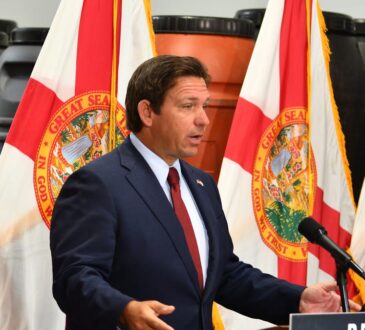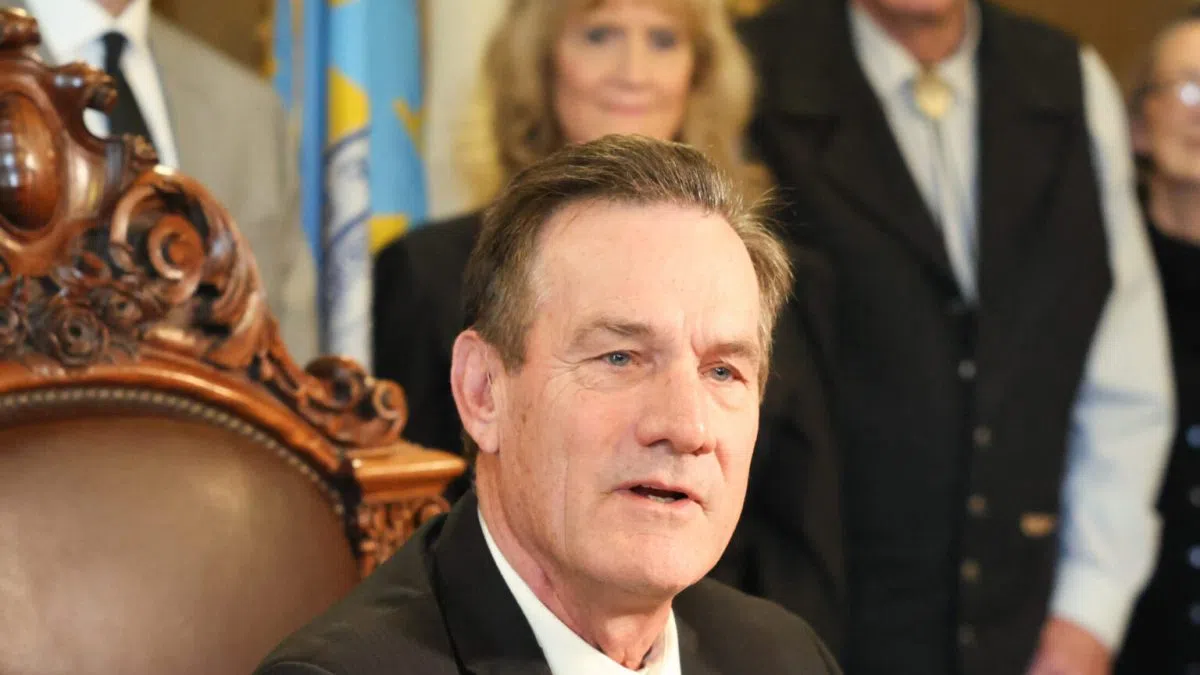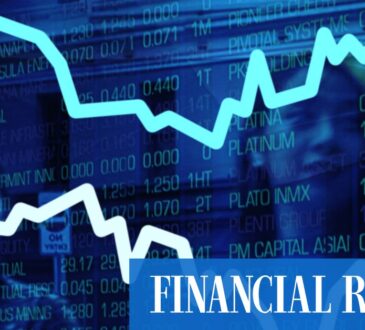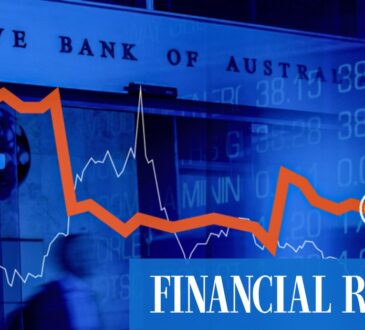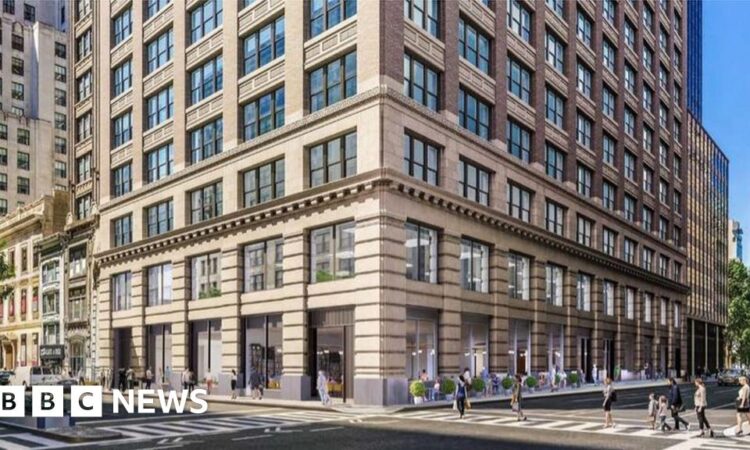
- By Natalie Sherman
- Business reporter, New York
New York deli owner Jimmy Yavrodi says without office workers his business can’t survive
New York City deli owner Jimmy Yavrodi looks grimly out of the shop that he opened 27 years ago in one of the city’s prime business districts.
“Everything is empty,” he says. “I don’t understand it.”
From his perch on Park Avenue South, the 61-year-old sent two children to university and employed 12 people, slinging sandwiches and salads for the office workers that streamed in from nearby buildings.
These days it offers a window from which to watch what some are calling America’s office “apocalypse”.
The famous triangular Flatiron building nearby has been vacant since 2019. Last autumn, the owners said it would be turned into condos.
Around the corner, there’s work under way on a new office fronting Madison Square Park. But its anchor tenant, IBM, is consolidating from other spaces in the city.
His next door neighbour, 360 Park Avenue South, has been empty since 2021 for redevelopment. The 20-storey building, which sold for $300m (£233m) that year, recently drew headlines after one of the owners handed over its 29% stake to one of its partners, walking away from commitments to fund $45m more in upgrades, in exchange for $1.
Image source, Boston Properties
A computer-generated image of 360 Park Avenue South – but the building has been empty since 2021
The area still boasts Michelin-starred restaurants and stable tenants, including part of the state’s court system.
On the street, residents will tell you life has returned since Covid.
But sales at Mr Yavrodi’s Taza Cafe & Deli, which have sunk 70% since 2020, tell a different story – one revealing the enormous challenges facing owners of office properties around the country, and the risks those issues are creating for the wider economy.
“We depend on office employees and office employees are not here. It’s very simple math,” he says. “If they don’t come to work, places like us can’t survive.”
Four years after the pandemic sparked a revolution in work-from-home practices, especially pronounced in the US, the shift is proving hard to reverse – and the consequences no longer possible to ignore.
About 20% of office space around the US was unleased at the end of last year – the highest vacancy rate in more than 40 years, according to Moody’s Analytics.
With that number forecast to rise over the next 12 to 18 months, the fall in demand is changing city neighbourhoods and hitting property values, which have already plunged an estimated 25% on average across the country.
One recent paper estimated that the US saw more than $660bn in value wiped out between the end of 2019 and the end of 2022.
The declines have coincided with a sharp rise in borrowing costs, creating incentives for even well-financed firms to walk away from their properties, as the value of their buildings sinks below what they owe on their loans.
Image source, Getty Images
The vacancy rate for New York City offices is more than 20% – more than double the rate in central London
With an estimated 44% of office mortgages in the country in that position, the troubles have raised widespread concerns about how banks – and the wider economy – will absorb the impact as loans start to sour.
Lenders in countries as far away as Germany and Japan are socking away hundreds of millions of dollars in anticipation of loans going bad.
The issues are especially acute among local and regional firms, some of which, such as New York Community Bank, have already seen shares swoon perilously as investors flee possible trouble.
As banks collapse or reduce their lending, analysts say the situation could spiral, making it harder for people and other firms to get loans and leading to more severe economic slowdown.
In Washington this week, politicians pressed the head of America’s central bank about what officials were doing to head off the worst.
“There will be losses,” Federal Reserve chairman Jerome Powell told Congress, adding that the regulator was in touch with firms to beef up their financial cushion. “I do believe that it’s a manageable problem. If that changes, I’ll say so.”
So far, many of the defaults have been strategic – reflecting shifting investment priorities rather than financial distress, says Thomas LaSalvia, head of commercial real estate economics for Moody’s Analytics.
He is among those predicting regional pain – not economic cataclysm on a global scale.
But the coming months, when many of the mortgages that were taken out before the US central bank raised interest rates will need to be refinanced, will prove a test.
“That’s the last part of this story that is going to play out in the next six to nine months – which is when and how much distress do we actually get,” Mr LaSalvia says.
“The office market… is going to have to rightsize itself and it’s not done yet.”
If interest rates are cut later this year, as many anticipate, the risks to the banking sector will be “much smaller in scale”, says University of Southern California professor Erica Jiang, co-author of the paper on bank failures.
But even without economic disaster, cities in the US, which often rely heavily on taxes from office properties, are feeling the effects, as the plunging values and reduced activity threaten the revenue they rely on to fund libraries, parks and other basic services.
Image source, Getty Images
San Francisco, where the office vacancy rate soared past 30% last year, is looking at budget cuts
In New York, which counts on office properties to generate about 10% of its tax revenue, the comptroller warned last summer that the city could face a shortfall of more than $1bn in the coming years under a doomsday scenario.
It said that amounted to less than 2% of tax revenues and the city could likely adjust to that challenge.
But the situation looks more serious in other places.
In San Francisco, where the shift to remote work has been most extreme, the mayor has paused hiring and ordered officials to prepare to slash spending by 10%.
Analysts in Boston, where more than a third of tax revenue comes from commercial property taxes, are forecasting looming budget shortfalls and pushing the city to find new ways to raise money.
Warnings have also bubbled up in Atlanta, Dallas and other cities.
Mr LaSalvia of Moody’s says the pandemic accelerated a shift away from downtown, 9-5 business districts toward more mixed-use areas that had been under way for decades.
Though vacancies may cause issues in the next few years, he says supply will shrink and the declines in value will also create opportunities for new firms to come in and reinvent the neighbourhoods.
“This moment is a moment of shifting centres of gravity, shifting centres of power within each of our cities,” he says.
Mr Yavrodi’s neighbourhood, where many firms are ploughing money into upgrades, is arguably among the best positioned to weather the transition.
Image source, Getty Images
Mr Yavrodi says the way of life for offices is not coming back
Across the street, small healthcare firms have almost filled up a building that was recently redone with help from city tax breaks.
Next door, at 360 Park Avenue South, a restaurant and one firm have committed to lease space and owner Boston Properties has said it expects the building to be nearly full again by the end of next year.
The tech firms that once drove demand in the area have retreated, but Peter Turchin, vice chairman at property firm CBRE and the leasing agent for the building, says he’s still seeing interest from financial and legal firms, which have recalled staff to the office and are ready to pay for top-tier space.
“I don’t think it has wider significance at all,” he says of the $1 deal. “We’re quite busy.”
The firm that sold its stake, which invests funds for the Canadian pension plan, declined to comment.
Mr Yavrodi remains sceptical.
Even if the space gets rented, just 12% of Manhattan’s office workers are estimated to be showing up in person five days a week.
He says that is simply not enough to sustain retail businesses like his – especially since so many firms are using free or heavily subsidised food to try to make back-to-office orders easier to swallow.
After shrinking his workforce from 12 to five, switching up his menu, and expanding deliveries, he sees little anyone can do to address the problem.
“Everybody has different ideas but they are trying to put a bandage on a big cut when they need heavy-duty stitches,” he says.
“The way of life for the offices, as it was before the pandemic, is never going to come back.”

